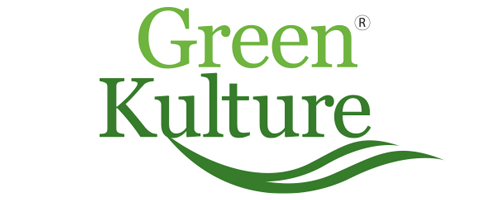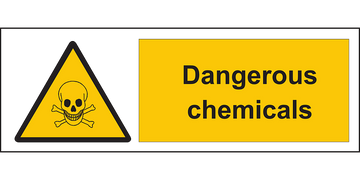We exposed to hundreds of toxic chemicals every day. Many of us realise this and take steps to protect ourselves: we eat organic food, drink filtered water, avoid prescription drugs, and use air filters in our homes. But there are hidden contaminants that you may have never heard of--so here's a list of some of the most insidious and/or less publicized toxic chemicals.
-
Perfluorinated Chemicals (PFOs)
Used to manufacture Teflon (the coating on your non-stick pans). They are also found in stain-resistant coatings for furniture, carpets, and clothing. Also found in breakdown product of chemicals used to coat food packaging. PFOs don't break down in the environment, and are considered to be persistent over geologic time scales.
-
Brominated Flame Retardants (BFRs)
BFRs (also known as PBDEs) are routinely added to consumer products to reduce fire-related injury and property damage. It has been linked to thyroid hormone disruption, permanent learning and memory impairment, behavioral changes, hearing deficits, delayed puberty onset, fetal malformations, and possibly cancer. These chemicals can be found in the bodies of people and animals more than 20 years after exposure.
-
Dry Cleaning Chemicals
Over 95% of dry cleaners use the toxic chemical and probable carcinogen perchloroethylene as the primary cleaning solvent. Short-term exposure can cause dizziness, fatigue, headaches, sweating, in-coordination, and unconsciousness. Long-term exposure can cause liver and kidney damage. If you must dry clean your clothes air them out before keeping them.
-
Plastic Softeners (Phthalates)
They are added to plastics to make them soft and maleable. Found shower curtains, children's toys, shampoo bottles, raincoats, and even perfumes (to help them adhere to the skin). These industrial chemicals are linked to birth defects in the male reproductive system and can damage hormonal development in children. They can also can damage the liver, kidneys, and lungs. The presence of phthalates is of primary concern in toys, as children are much more vulnerable to toxic exposure.
-
Toxic Cosmetics & Personal Care Products
There are hundreds of cosmetics and body care products and even your natural food store that contain known or possible carcinogens, mutagens, and reproductive toxins. According to the Environmental Working Group, 60% of the products they tested contained endocrine disruptors, and a third had ingredients suspected of being carcinogenic.According to The Environmental Working Group, cosmetics and personal care products may be the main routes of exposure to many harmful chemicals.
-
Toxic Household Cleaners
There are many, many toxic chemicals in cleaning products. Many of these products contain chlorine in a dry form that is highly concentrated. It irritates the skin, the eyes, and the respiratory system. Some cleaners contain hydrochloric acid, a corrosive irritant to both skin and eyes that can damage kidneys and liver.
Furniture polish and car waxes contain petroleum distillates, chemicals that can cause skin and lung cancer; entry into the lungs may cause fatal pulmonary edema. Carpet cleaners may contain perchlorethylene, a known carcinogen, and ammonium hydroxide, a corrosive that's damaging to eyes, skin and respiratory passages.
Bathroom cleaners often contain sodium hypochlorite, a corrosive agent that irritates or burns skin and eyes, causes fluid in the lungs, which can lead to coma or death. These cleaners contain formaldehyde, a highly toxic known carcinogen. Drain cleaners can contain trichloroethane, an eye and skin irritant and nervous system depressant; it can also damage your liver and kidneys.
-
Leaching Plastic Water Bottles
Water sold in plastic bottles may be contaminated with Bisphenol A (BPA), a xenoestrogen chemical. This includes hard plastic lexan bottles made with polycarbonate plastics and identified by the #7 recycling symbol and many plastic baby bottles and drinking cups. The type of plastic bottle in which water is sold is normally a #1, and is only recommended for one time use--so do not refill it. (The #2 HDPE high density polyethylene, #4 LDPE low density polyethylene, or #5 PP polypropylene water bottles are fine, so read what it says on the bottom of the bottle.)
Synthetic xenoestrogens are linked to breast cancer and uterine cancer in women, decreased testosterone levels in men, and are particularly devastating to babies and young children. BPA has even been linked to insulin resistance and type 2 diabetes.
Although some of the chemicals mentioned are difficult to avoid, it is not difficult to make your own cleaners. If you are not keen to do this, you can purchase green and nontoxic cleaners. They may cost a little more money, but it's surely worth it!
References: Environmental Working Group (ewg.org); Exposed by Mark Schapiro ©2007, Chelsea Green Publishing; Environmental Health Perspectives (ehponline.org); Grinning Planet (grinningplanet.com) and Consumer Law Page (consumerlawpage.com).





